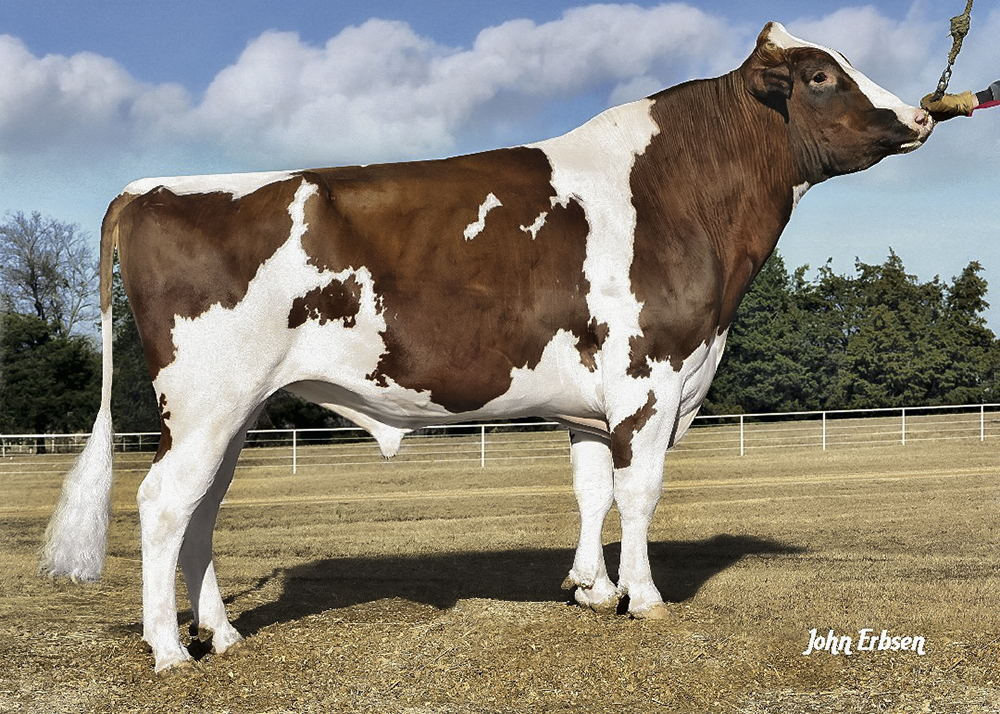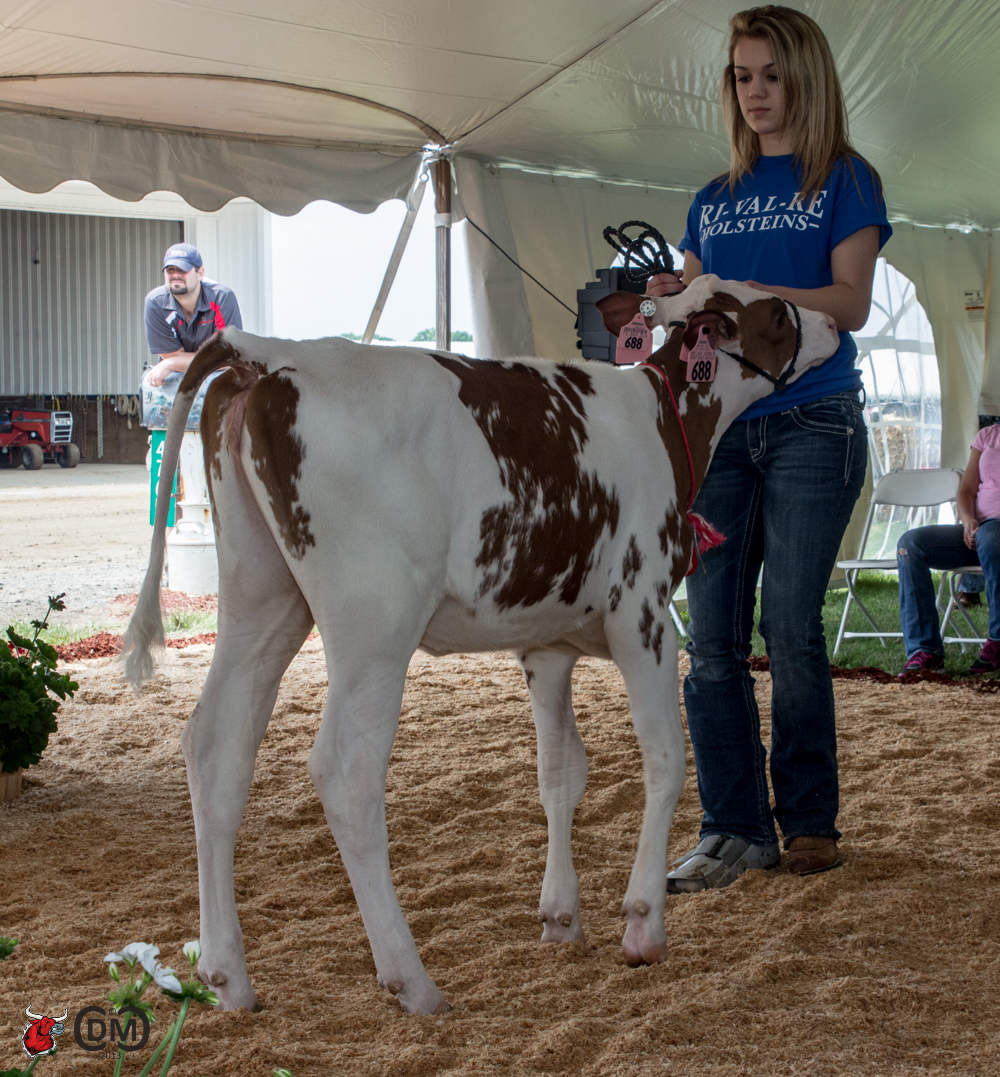Two weeks ago, another “undercover” video from an animal rights group rocked the dairy world and gave the dairy industry yet another black eye. (Read more: Dairy Cattle Abuse Video – A black eye for the dairy industry). While tens of thousands of people across North America, and for that matter around the world, have now seen this brutal video, the fact is that most of them assume that the actions that occur on this video take place on all dairy farms on a daily basis. Those of us that work in the dairy industry know this is not the case at all. However, since Happy Cows Don’t Make Headlines, the general public is only exposed to the negative side of the dairy industry rather than the positive.
In the media business there is no question that if you can touch an emotion, whether it be positive or negative, you certainly can get attention and gain readership. Anyone watching this horrifying video would be hard pressed not to get emotional when seeing the abuses that occur. As a result, the mainstream media has been very quick to jump on this story and continues to pound the dairy industry with their negative coverage.
Even we here at the Bullvine are guilty of exposing this story. Some breeders commented to us that we should not cover this story. Unlike other dairy publications, we have learned that burying your head in the sand is not the way to bring about change. Instead, you need to be 100% transparent and address the problem head on. We as an industry cannot hope that this story will “quietly go away.” That is not going to happen. Moreover, we need to stand up for ourselves and share the positive instead of hiding from the negative.
It’s at times like this when we all need to be strong dairy advocates and make sure that the general public actually knows the truth of what goes on in the dairy industry. A great example of this is provided by Jerry Jorgensen from Ri-Val-Re Holsteins. Jerry was disgusted by what he had seen in the video and certainly expressed his comments on social media. However, he also took the time to produce a video that showed the public what actually happens on most dairy farms.
Jorgensen’s video provides an excellent explanation of how most dairy cattle are cared for. Jerry applied his unique sense of humor to the video. The challenge is that, while those in the dairy industry applauded the video and appreciated Jerry’s efforts, the video was viewed on YouTube by 4,000 people. This is just a fraction of the over 140,000 people that viewed the Mercy for Animals video from Chilliwack Cattle Sales.
Carrie Mess (aka Dairy Carrie) a strong dairy advocate and very active social media personality (Read more: Dairy Carrie – Diary of a City Kid Gone Country) says the social media comments spurred by the Mercy for Animals video have been frustrating.
“The group that is responsible for this video has an agenda. That agenda is… they advocate for a vegan diet. They don’t like animal agriculture. So when they release a video like this and try to paint all farmers with this huge brush, it’s so frustrating to me. Any industry will have bad actors, but that doesn’t mean that everybody is.”
Carrie adds that on the hundreds of dairy farms she has been on she has never seen anything like that happening. She does say that the video from Chilliwack is unacceptable, ”There is no excuse for that kind of treatment of cows.” Though she is also quick to admit that “sometimes I’m mean to my cows” and it’s because it can mean life or death. Sometimes farming is messy, ugly, and tragic. (Read more: Sometimes we are mean to our cows)
“I do want people to understand that these are very large animals and that we can’t necessarily just pick up with a couple of guys lifting her,” she explains. “A cow is so big that if she lays down for too long, whether it’s because of an injury or illness, the cow is large enough that basically her legs go to sleep. More so than you can ever imagine where she just can’t get up. So if she’s laying down for too long and can’t get up, she’s not going to be able to get up…a down cow that can’t get up is going to be a dead cow.”
Now to be fair to the video from Chilliwack Cattle Sales, there are some actions that to the uneducated watcher seem pretty horrific, but to the average dairy farmer can be explained. One such case is the rush to get a downed cow off of the rotary parlor before she is squished to death. The cows are so large there is no other way to lift them than to use a tractor. However, then the average dairy farmer would also ask, “Why was the cow down in the first place?” If it was because she was afraid of the rotary parlor, which can be the case, then why was she being forced to go on it in the first place?
None of this is to say the abuse shown at Chilliwack Cattle Sales was justifiable in any way because it’s not. However, this situation highlights a significant disconnect in our modern dairy production system. How does the consumer, who doesn’t know anything about where his milk comes from, have a meaningful discussion with the dairy farmer who doesn’t have to think about the person at the grocery cooler buying it?
The Bottom Line
Ultimately, the only way to prevent future videos of this nature is to give activists nothing to film. Dairy farmers around the world need to look at their own operations and make sure that they run a farm that they’re proud to show to anyone, at any time, and are not afraid to do so, especially through social media. Education is key, although it takes time and effort from both sides and doesn’t really prevent the possibility of problems slipping through. Thanks to the power of social media we all have the opportunity to help educate the consumer about how much we care for our dairy cattle and why the dairy community is one of the greatest in the world. (Read more: Why the Dairy Community is the Greatest in the World….) Remember we cannot expect the general media to do it for us, because Happy Cows Don’t Make Headlines.
Get original “Bullvine” content sent straight to your email inbox for free.

















